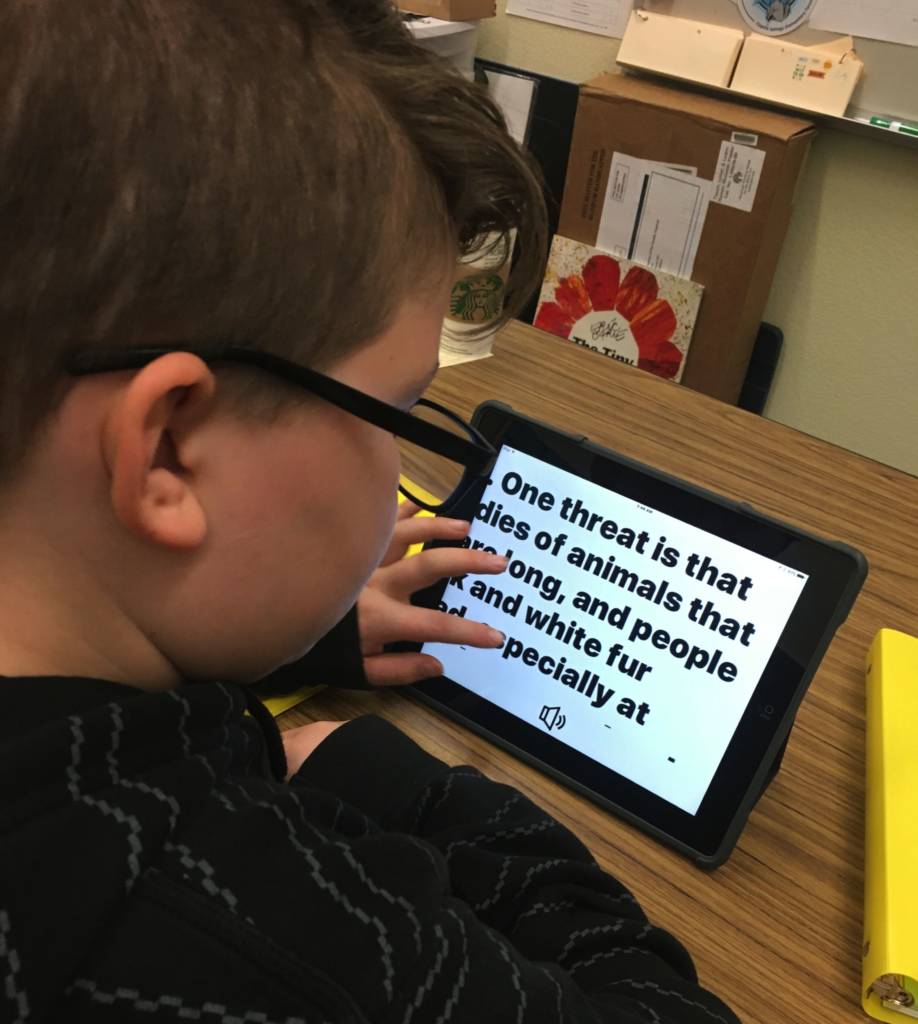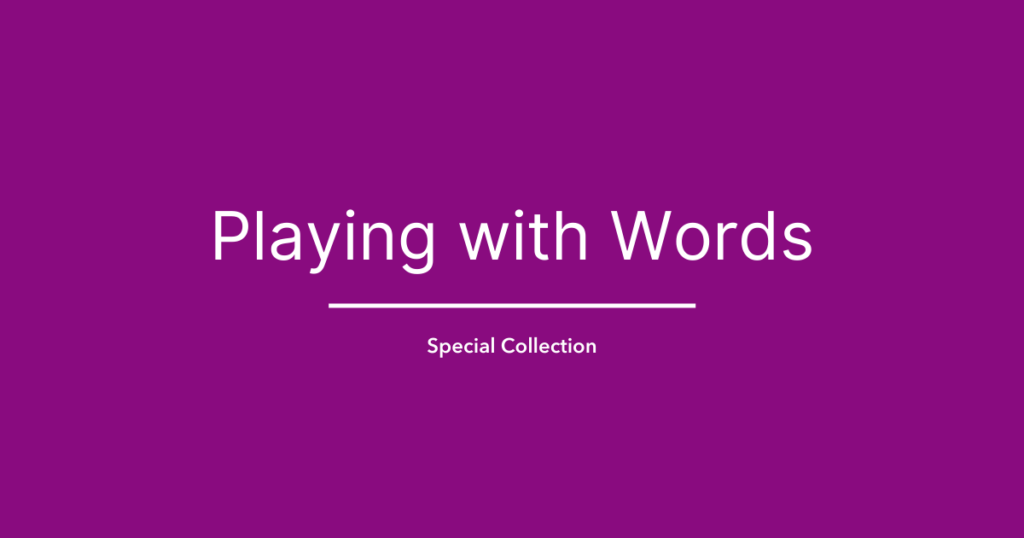Epic Stories are longer and more complex in nature than other types of stories. They may be individually or collaboratively written. Usually an “epic story” has a protagonist or main character or characters that go through a variety of experiences which reveal who they are over time. There is usually some obstacle or obstacles which must be overcome, and often the main characters go through changes that make them view life differently or act differently. These stories often involve both drama and humor, and may incorporate other elements including poetry and songs.
Epic stories may be written over time and include ideas or input from adults or peers. They may especially appeal to students who have difficulty with transitions or with ending pleasurable interactions. Epic stories can be helpful in establishing a classroom culture of playful co-creation, with the lengthy, multiple chapter product serving as an artifact of the history the peers have built together during the school year. Like a bedtime story for young children, adding to an epic story- writing time at a predictable time each week seems to be reassuring to students as a ritual or routine in their weekly schedule. Illustrations sometimes are included as part of the story and may actually provide a creative boost for moving the story forward. Acting out parts of the story with sets and props also enhances the storytelling and may help to advance the plot.
The student(s) writing the epic story may or may not have the storyline worked out in advance. The direction of the plot may take the storyteller in surprising directions. Adults supporting this type of story creation truly work as a co-creator, contributing but not directing the plot of the story.
Incorporating the Six Essential Components
Watch the examples below of Epic Stories, and note the way that they incorporate the Six Essential Components.
Click on the images below to watch the video examples.
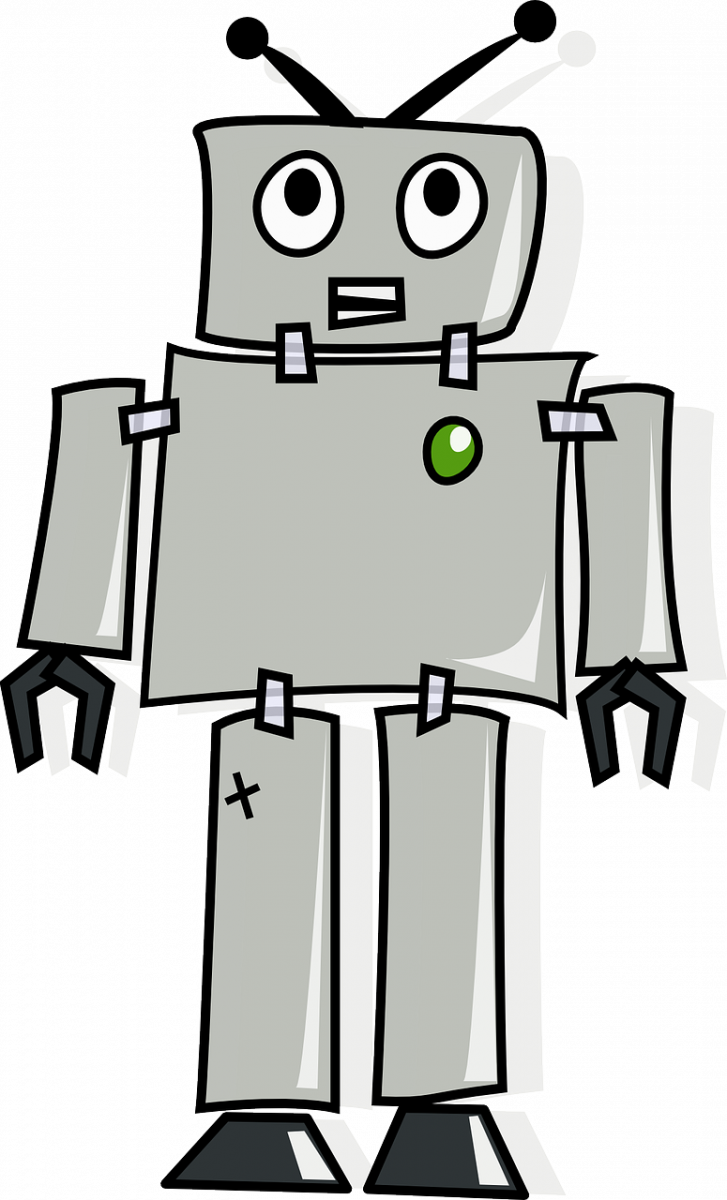
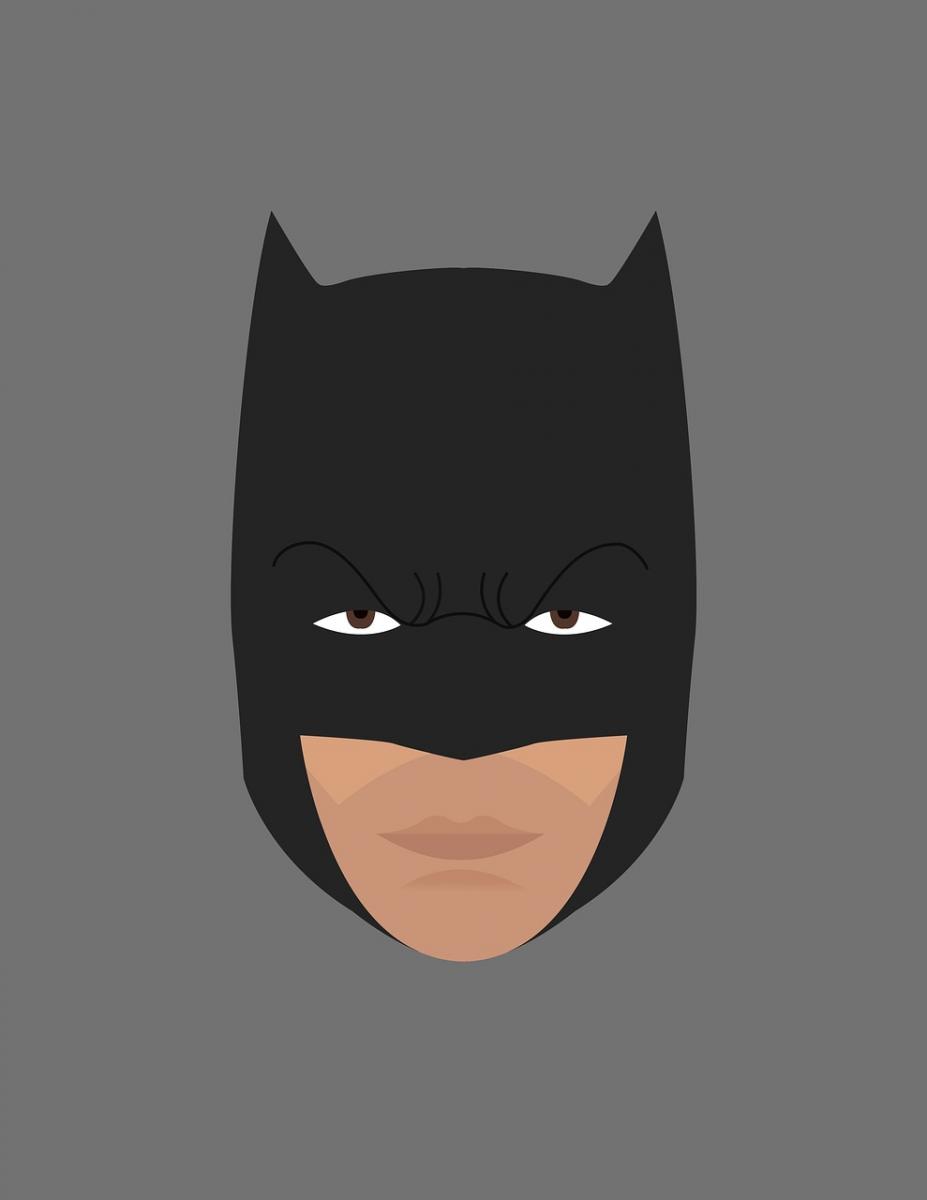
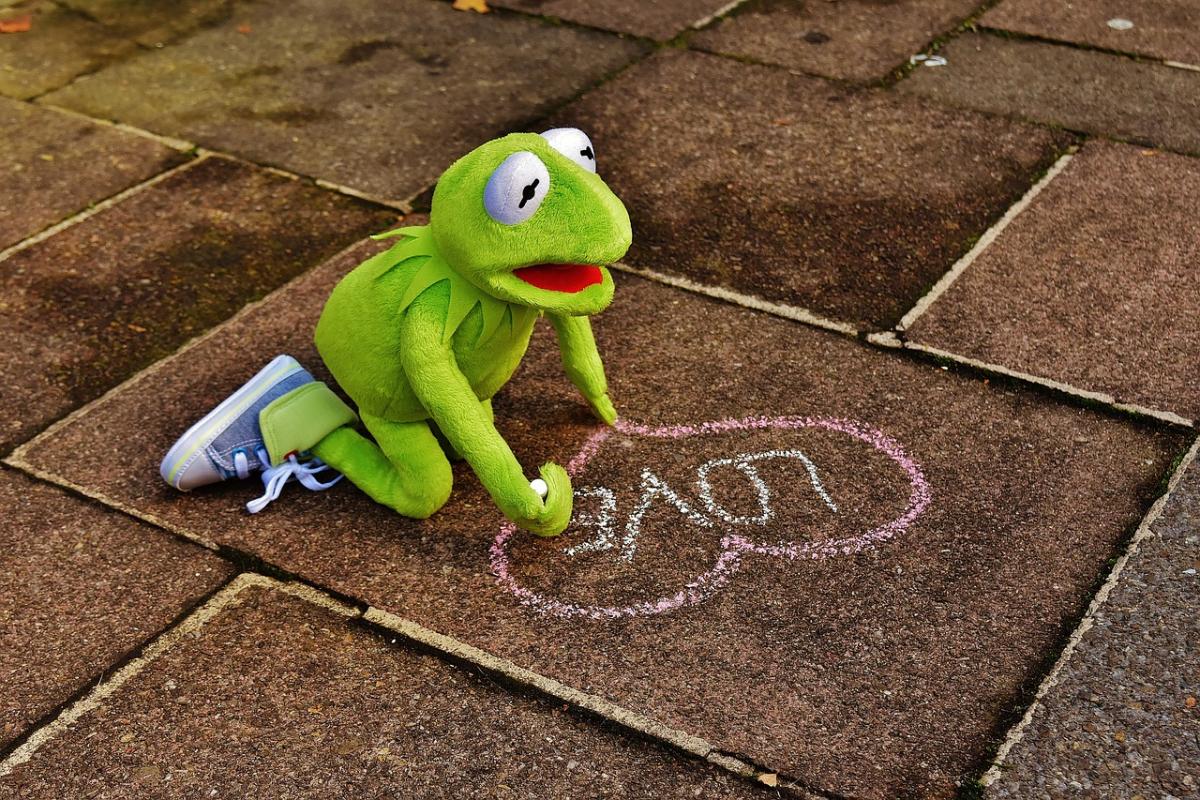
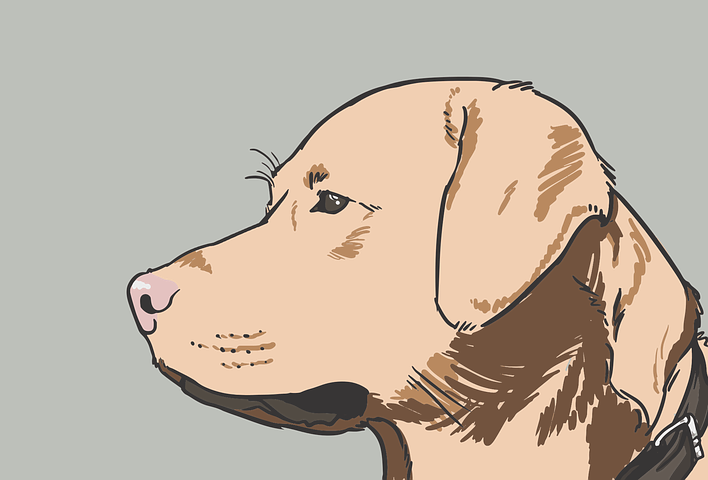
Return to Playing with Words homepage.


